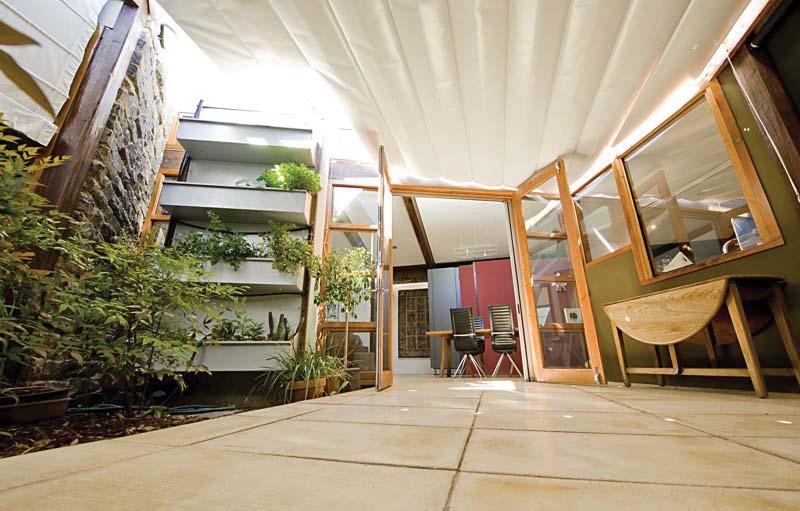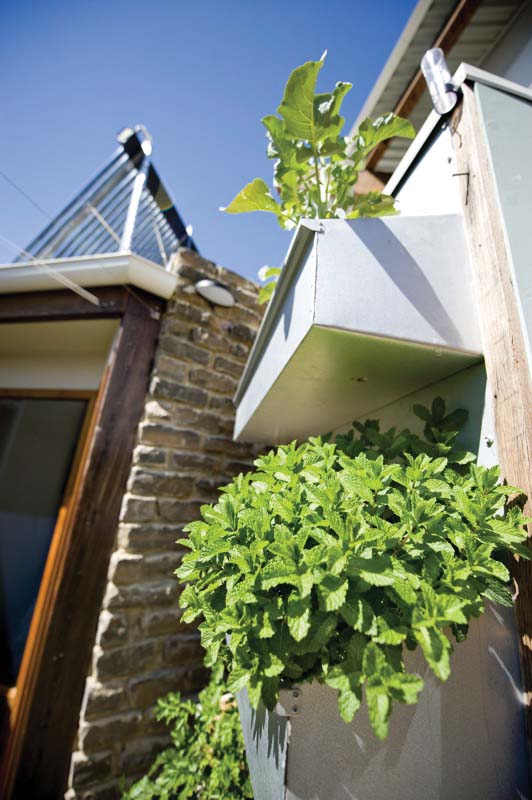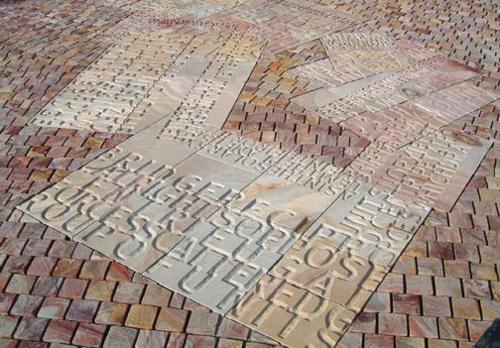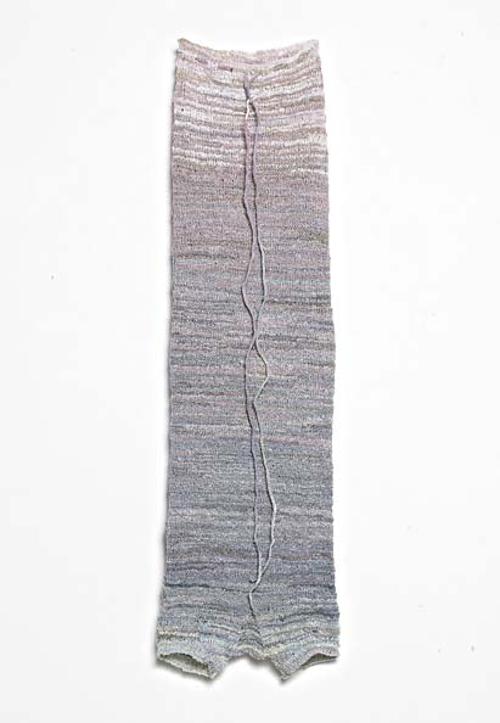
How to transform a 1900s worker's cottage on a tiny city site into a glamorous dwelling that harvests water, stays cool in summer and warm in winter and uses hardly any energy - and has a lavish salad and herb garden? Impossible dream? John Maitland and Maggie Slattery of Energy Architecture in Adelaide, star in their own movie about the eco-makeover and the resulting DVD '21 Ada Street’ is inspirational. Stephen Ward, Program Director of Architecture at the School of Art, Architecture and Design at the University of South Australia reviewed the DVD.
John Maitland is quietly passionate about sustainable housing. The architect, who is the principal of a firm specialising in environmental design, has previously founded an Eco-Arts Village, created a successful collaboration with a project home builder to bring environmentally focussed homes to the mass market, consulted to government and industry, and has now released a DVD documentary about the construction of his own home incorporating sustainable principles and technologies.
The release of the documentary ‘21 Ada Street’ comes at a time when many people considering building or renovating a home search for reliable information on sustainable construction. Whilst most consumers of new domestic construction are mindful of the need to build more responsibly, putting it into practice can be frustrated by difficulty in finding relevant resources, the costs associated, and the traditional industry reticence to adopt new construction methods. Whilst some home owners seek professional advice for their individual project, others delve into the plethora of resources available, only to be confused by conflicting information.

Using case studies can be an effective means of sifting through this raft of information. ‘21 Ada Street’ follows the design, refurbishment and addition to a historic cottage in Adelaide, tracking the decision-making process, as well as the construction and post-construction periods, much like a local environmental episode of ‘Grand Designs’. It does so with a high level of production, utilising graphics, animations and footage of the owners and construction team. The documentary is framed around the key topics of water, comfort, materials and construction, and resources and waste, explaining the basis for making decisions and ultimately the selection of technologies employed. As can be expected in a short (35 minute) documentary, the range of design options and solutions available to these issues is not fully explored, but rather a focus is made on those specifically selected for the peculiarities of the site and local climate.
Despite its modest size, the design incorporates quite a complex range of passive and active systems which are explained with clear diagrams and commentary. These innovations appear to be working, with early test data commissioned after production of the DVD indicating that the house is performing well in terms of both comfort and energy use.
‘21 Ada Street’ shows that building sustainably is not necessarily easy: it is not simply a matter of picking a home from a catalogue (despite advertising by some home builders which would lead us to think otherwise). It demonstrates the importance of early planning, and indeed a thorough investigation of options to achieve what Maitland describes as ‘a system in which all the elements are working together in balance’. Whilst not providing solutions to everyone’s dream of a sustainable home, this easy to digest documentary offers both tested and feasible responses to different environmental issues.
Importantly, ‘21 Ada Street’ encourages the uptake of sustainable building practices in a sector which, despite the rhetoric, is frustratingly slow to gain momentum.












